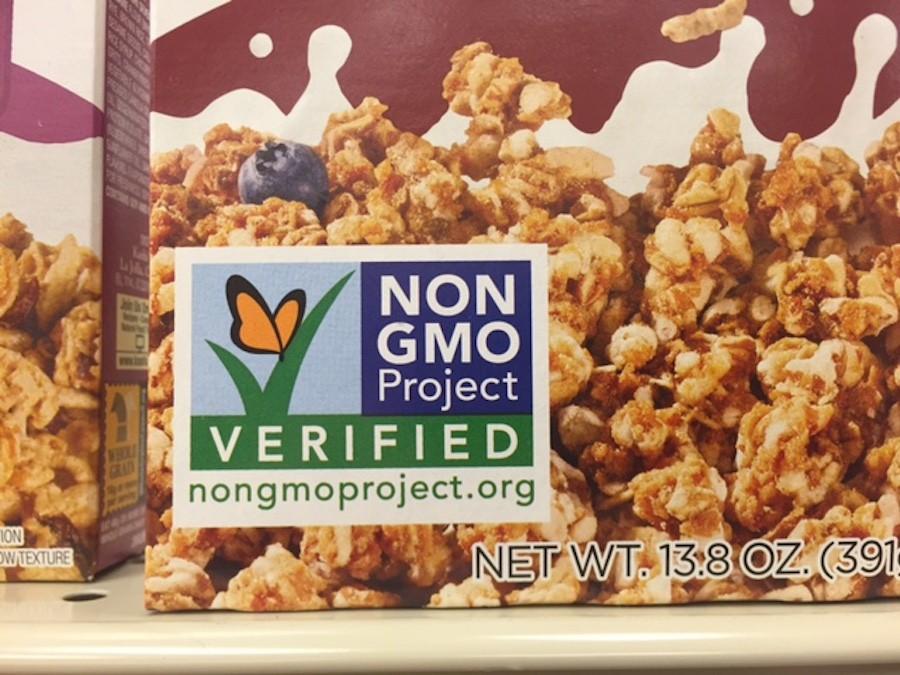GMOs: Has the Jury Returned?
January 15, 2016
Walking down the grocery store aisle, you may have seen labels identifying products as “Non-GMO Project Verified,” meaning it was made without genetically modified organisms, or GMOs. It’s hard to find someone who doesn’t feel strongly one way or the other when it comes to GMOs, but among all the intense opinions and strong feelings it’s hard to discern the facts of the matter.
GMOs are simply organisms whose genes have been changed in a way that doesn’t occur naturally, and in many ways genetic engineering is just a logical next step in human agricultural systems, an extension of the selective breeding methods that farmers have been using for centuries. But if that’s all a GMO is, why is there so much controversy surrounding them?
Well, for one thing, some groups believe that GMOs are unsafe to eat. 88 percent of scientists, however, identify GMOs as safe to consume and numerous scientific studies say the same. Nevertheless, in an informal Google Form survey of Bob Jones students, only 30 percent agreed that GMOs are safe to eat and 45 percent said they were unsure.
Others take issue with GMOs for environmental reasons, a complaint which is admittedly murkier. GMOs reduce pesticide use yet increase herbicide use. They help reduce deforestation while increasing the presence of “superweeds” against which herbicides are useless. In the realm of the environment, balancing the benefits of GMOs against their harms becomes a balancing act on par with ten pin juggling. The student survey reflected this uncertainty, with 43 percent of students unsure if GMOs are safe for the environment and only 36 percent certain that they are safe.
With all the uncertainty it’s hard to see why anyone loves GMOs, but they do have supporters. MIT reports that in the face of global climate change, GMOs will play an essential role in feeding the world. Indeed, many people are pro-GMO because of their incredible potential for the future of agriculture.
But even with amazing potential to help in the future, it remains unclear whether GMOs now are a force for good or bad. But with an estimated 70 percent of processed foods containing GMOs, it’s too late to roll back the carpet until more information is available.
One way to address the controversy is to require labeling on all foods that contain GMOs, a requirement supported by over 70 percent of students surveyed. History teacher Leah Faris explained that even though she thinks GMOs are overall good, they should still be labeled.
And the country does seem to be moving in that direction, with a state law requiring GMOs to be labeled set to take effect this July in Vermont. Industry players like Campbell’s Soup even began the process of labeling voluntarily. But even if labeling of GM ingredients was required nationally, it’s unclear how much would change. Only 26 percent of students surveyed said they would avoid eating GMOs if labeling was required.
An unnamed Bob Jones student said that he didn’t “want to go on record about GMOs” because he wasn’t sure whether they were good or bad yet, and he seems to have the right idea. When it comes to GMOs, it looks like we’ll just have to wait and see.


